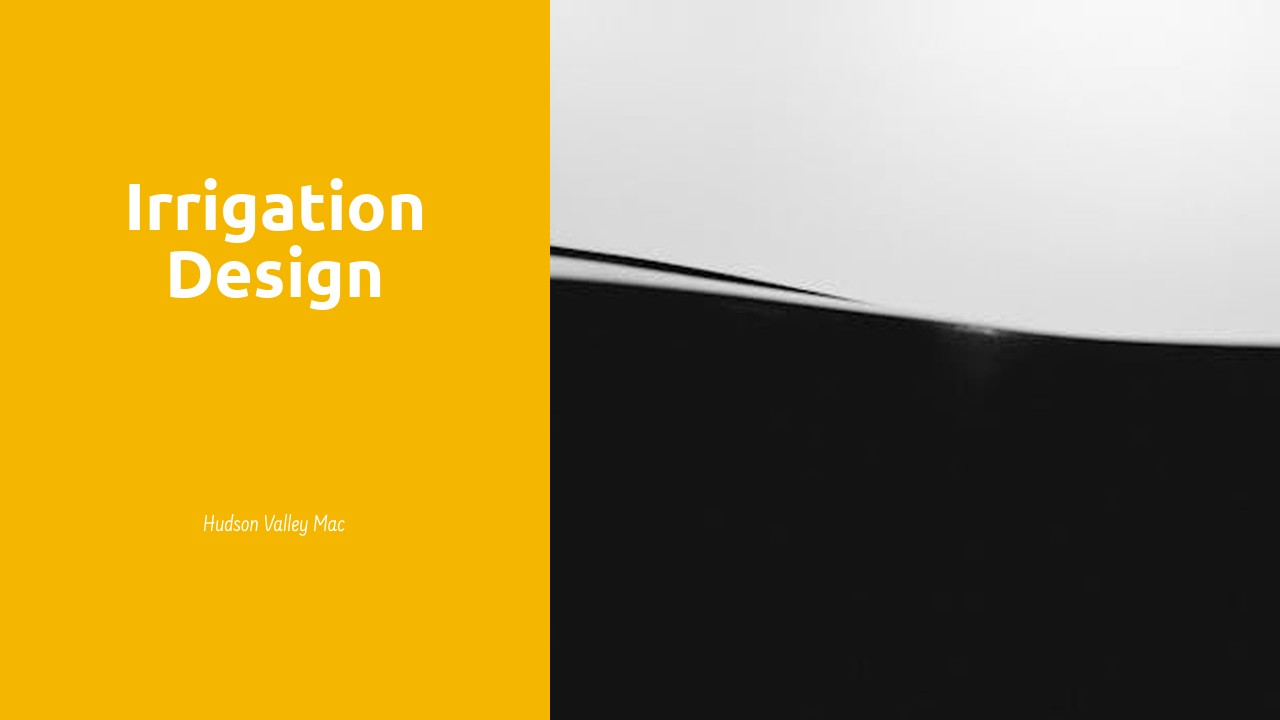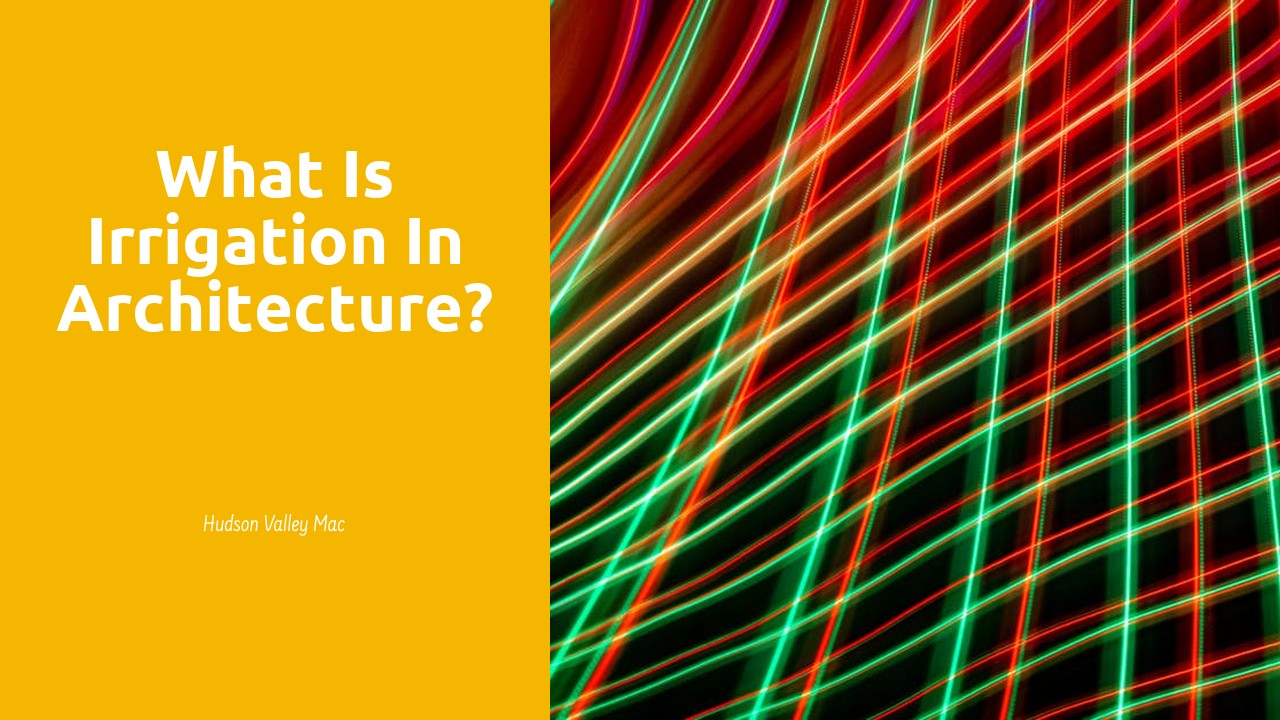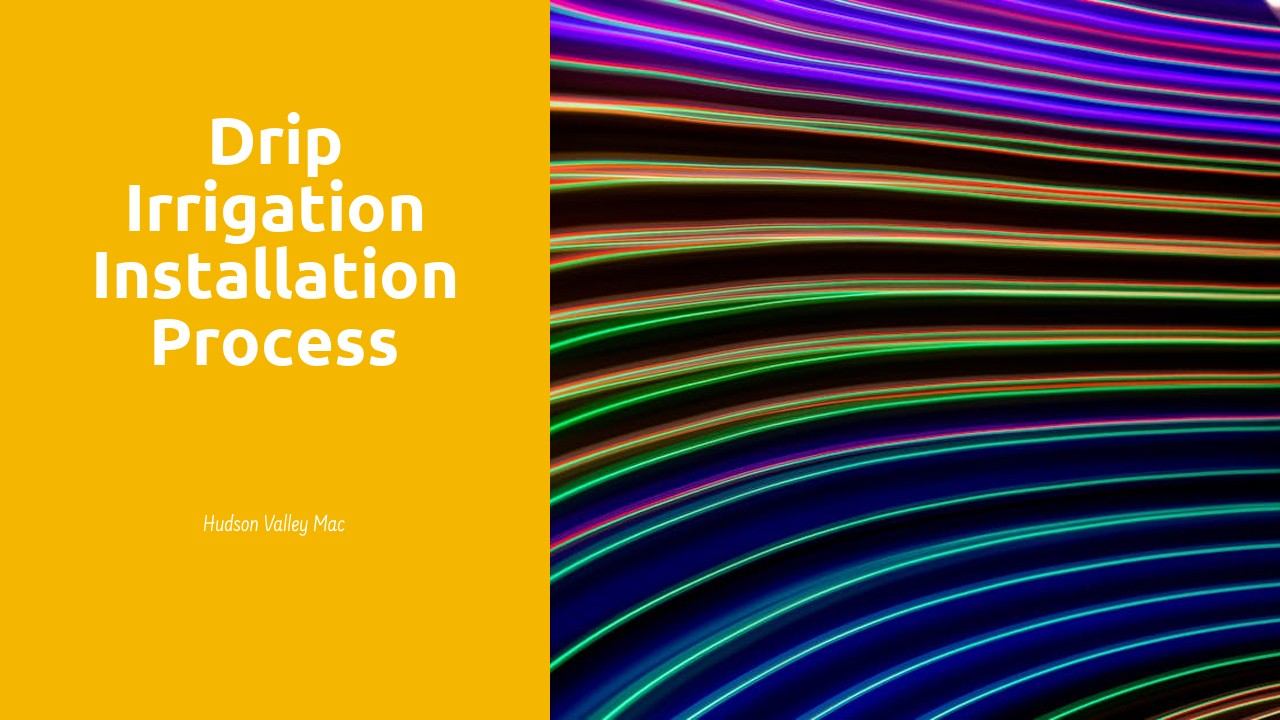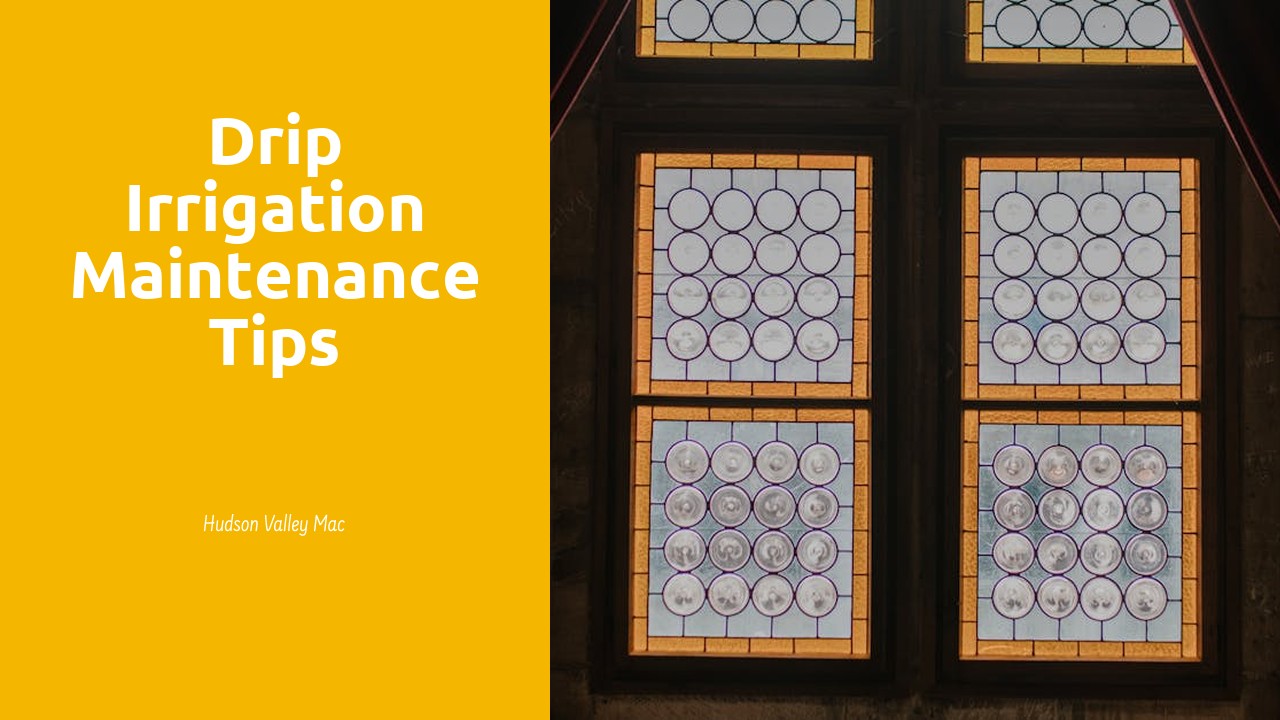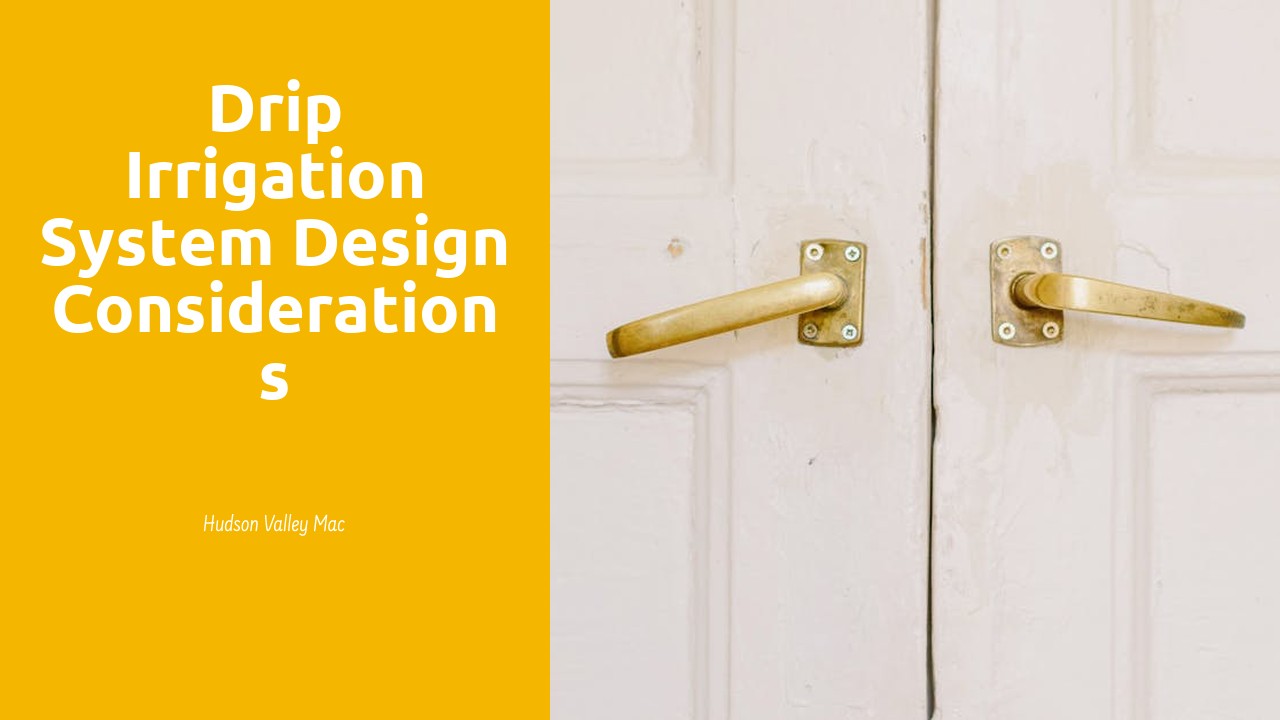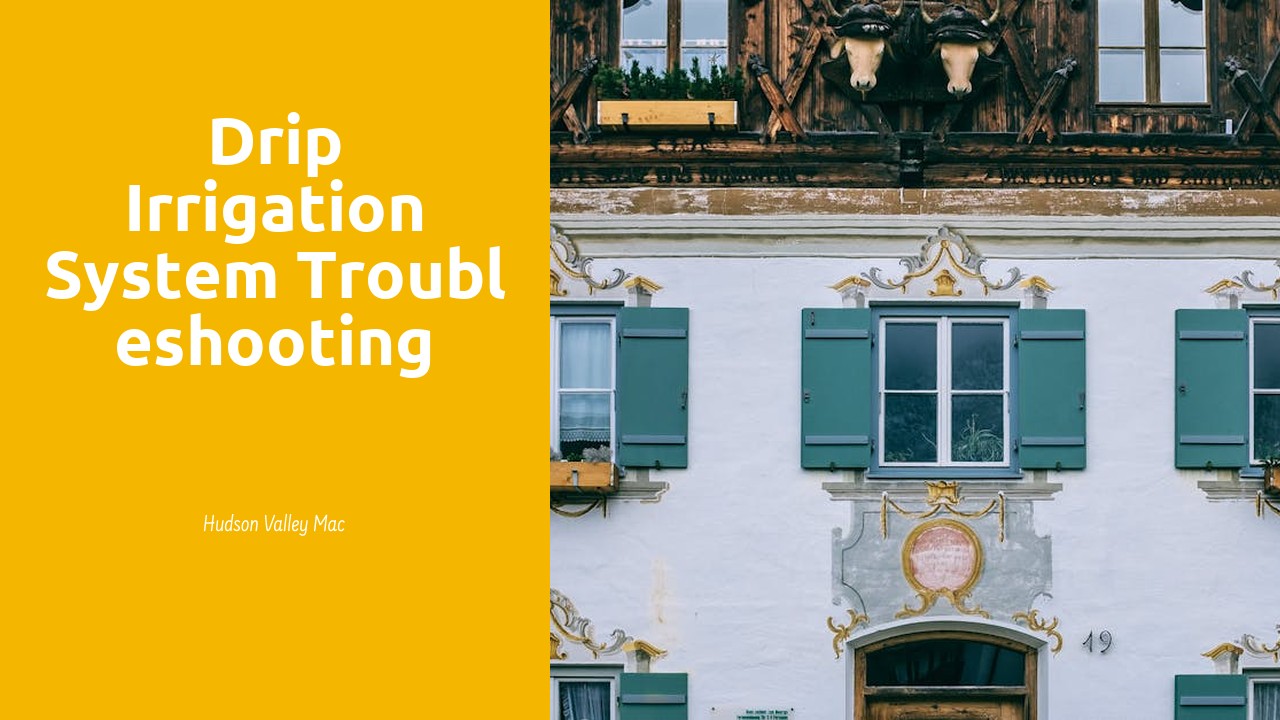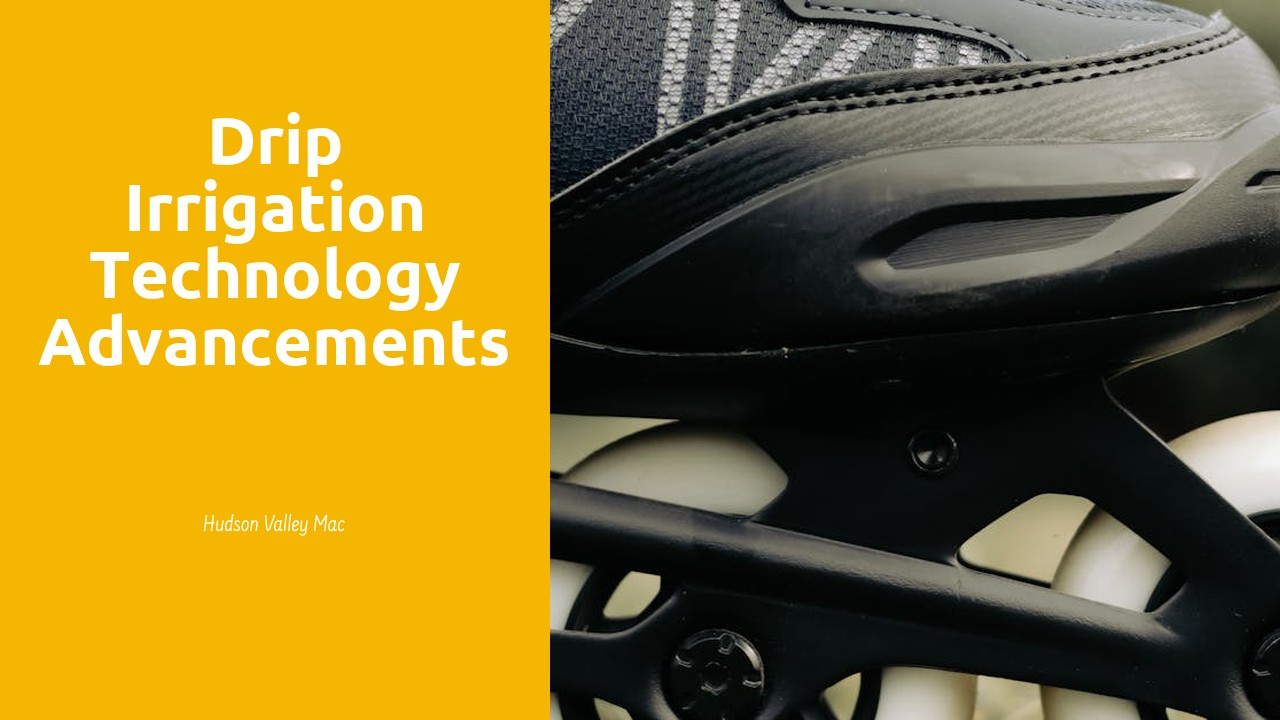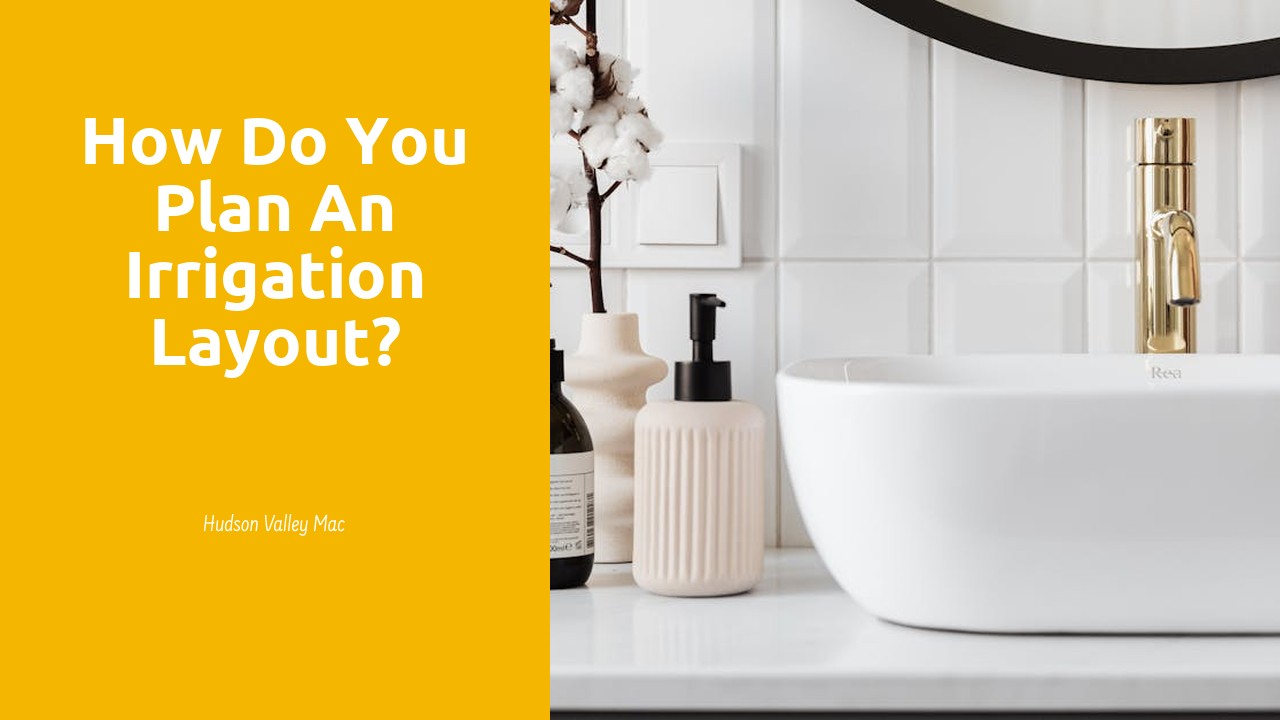
Table Of Contents
Installation Process
To begin the installation process of Irrigation Design in Haldimand, the first step is to carefully plan out the layout of the water lines. This includes deciding where the main water line will run and how the lateral lines will branch off to reach all areas of the garden or fields that require irrigation. Proper planning at this stage is crucial to ensure efficient water distribution and prevent any dry spots or waterlogged areas.
Once the layout is determined, the next step is to start digging trenches for the water lines. These trenches should be dug to the appropriate depth and width to accommodate the pipes, taking into consideration factors such as the slope of the land and the type of soil. Care must be taken to ensure that the pipes are laid out correctly in the trenches to avoid any kinks or bends that could impede water flow.
Digging Trenches for Water Lines
When it comes to setting up an irrigation system, one of the crucial steps is digging trenches for water lines. In Irrigation Design in Belleville, the trenches need to be carefully excavated to ensure proper installation of the pipes. The depth and width of the trenches will depend on the type of pipes being used and the layout of the landscape.
Moreover, it is essential to dig the trenches in a way that minimizes disruptions to the existing landscape while ensuring that the water lines are securely placed. Any obstacles such as rocks or tree roots need to be removed to prevent damage to the pipes and ensure efficient water distribution. With proper planning and execution of trench digging, the irrigation system in Belleville can operate smoothly and effectively.
Testing the System
With the irrigation layout installation process completed in Irrigation Design in Haldimand, the next crucial step is testing the system to ensure functionality and efficiency. Running simulation tests on the water lines is imperative to identify any potential issues before the system is fully operational. By conducting comprehensive testing, any leaks or malfunctions can be detected and rectified promptly.
After running simulation tests on the water lines, the focus shifts to adjusting the system for optimal efficiency. Fine-tuning water distribution ensures that each segment of the irrigation layout receives the necessary water supply without any wastage. This step plays a pivotal role in promoting sustainable water usage and maximizing the effectiveness of the irrigation system in Irrigation Design in Haldimand.
Running Simulation Tests
Running simulation tests is a crucial step in ensuring the effectiveness of your irrigation system. By simulating different scenarios, you can identify potential issues and optimize the layout before installing the actual system. This process allows you to fine-tune the water distribution and ensure that every area of your garden in Belleville receives the necessary amount of water.
Through simulation tests, you can observe how water flows through the system and make adjustments to maximize efficiency. By running these tests, you can also identify any areas where there may be oversaturation or insufficient water coverage, allowing you to make the necessary changes before finalizing the irrigation design in Belleville.
Adjusting for Efficiency
Efficiency is crucial when it comes to the irrigation design in Belleville. By monitoring the water flow at various points in the system, you can identify areas that may be receiving too much or too little water. Adjust the water pressure accordingly to ensure that each area of your garden or landscape is receiving the appropriate amount of water for optimal growth and health of the plants. Making these necessary adjustments will help prevent water wastage and ensure that your irrigation system is operating at its best.
Moreover, consider incorporating water-saving technologies such as drip irrigation or smart controllers into your irrigation design in Belleville. These technologies can help further enhance the efficiency of your system by delivering water directly to the roots of plants or adjusting watering schedules based on weather conditions. By continually assessing and adjusting your irrigation system for efficiency, you can promote healthier plant growth, conserve water resources, and contribute to a more sustainable environment for years to come.
FineTuning Water Distribution
Fine-tuning water distribution is a critical step in achieving an efficient irrigation system. When it comes to irrigation design in Belleville, ensuring that water is evenly distributed across the entire area is essential for the health of your plants. By making small adjustments to the water flow and pressure in different zones, you can address any areas that may be over or under-watered.
One effective method for fine-tuning water distribution is to monitor the water coverage during a watering cycle. By observing how the water is being dispersed, you can identify any areas that may need additional adjustments. Additionally, inspecting the plants themselves for signs of over or under-watering can help you determine if further refinements are necessary. Ultimately, the goal of fine-tuning water distribution is to optimize the efficiency of your irrigation system and promote healthy plant growth in Belleville.
FAQS
What is the first step in planning an irrigation layout?
The first step in planning an irrigation layout is to determine the water source and calculate the water requirements for your plants.
How do you dig trenches for water lines during the installation process?
When digging trenches for water lines, make sure they are deep enough to prevent damage and are laid out strategically to ensure proper water distribution.
Why is testing the system important after installation?
Testing the system after installation is crucial to ensure there are no leaks, clogs, or other issues that could affect the efficiency of the irrigation layout.
How do you run simulation tests to check the effectiveness of the irrigation system?
Running simulation tests involves setting up the system to run as it would during regular use, monitoring water flow, and making adjustments as needed to optimize performance.
What are some ways to fine-tune water distribution for maximum efficiency?
Fine-tuning water distribution can be achieved by adjusting water pressure, nozzle types, and scheduling to ensure each plant receives the right amount of water without wastage.
